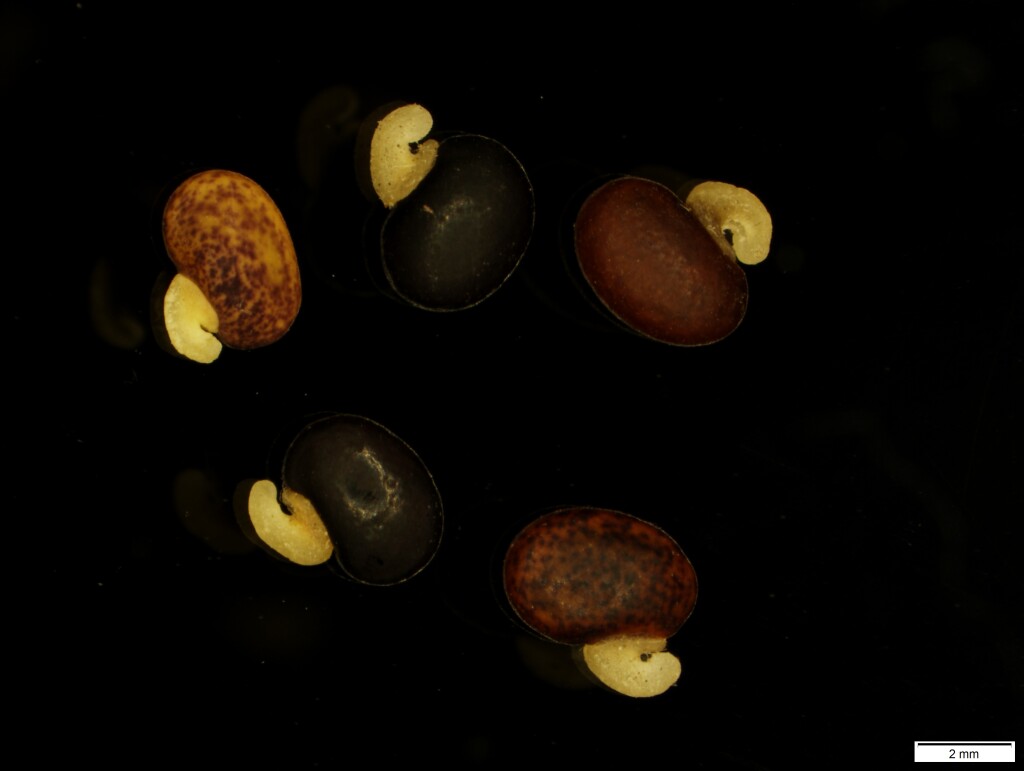Platylobium parviflorum
Sm.Erect shrub to 2 m high; stems glabrous to densely pubescent. Leaves opposite, basal leaves rarely alternate, apparently simple; petiole 1–2(–4) mm long; lamina narrowly ovate to lanceolate or narrowly elliptic, 2–6 cm long, 1–3 cm wide, base cuneate to broadly rounded, rarely cordate, apex acute, apiculate. Flowers 1–3 per axil; pedicels 5–15(–20) mm long, distinct, exserted from basal bracts and scales; bracteoles convex, 2.5–6 mm long, overlapping base of calyx, reddish-brown, striate, glabrous or with scattered hairs; calyx with scattered appressed hair, upper lobes 5–7 mm long (including tube), lower lobes 3–4 mm long; ovary pubescent. Pod with thin wing 1.2–3(–3.5) mm wide beyond the upper sutural nerve, pubescent or at least the sutures hairy. Flowers Sep.–Dec.
GipP, EGL, EGU, HSF, HNF. Also NSW, Tas. Occurs in heathland, and heathy forest and woodland along the south east coast of Victoria, usually in sandy soils.
Previously included in a broadly defined P. formosum (see note under P. montanum). Platylobium parviflorum can be distinguished from other taxa in this species complex by the subsessile, relatively narrow leaves with a rounded or truncate base. Also see note under P. montanum subsp. montanum.
 Spinning
Spinning
